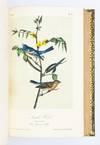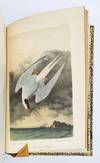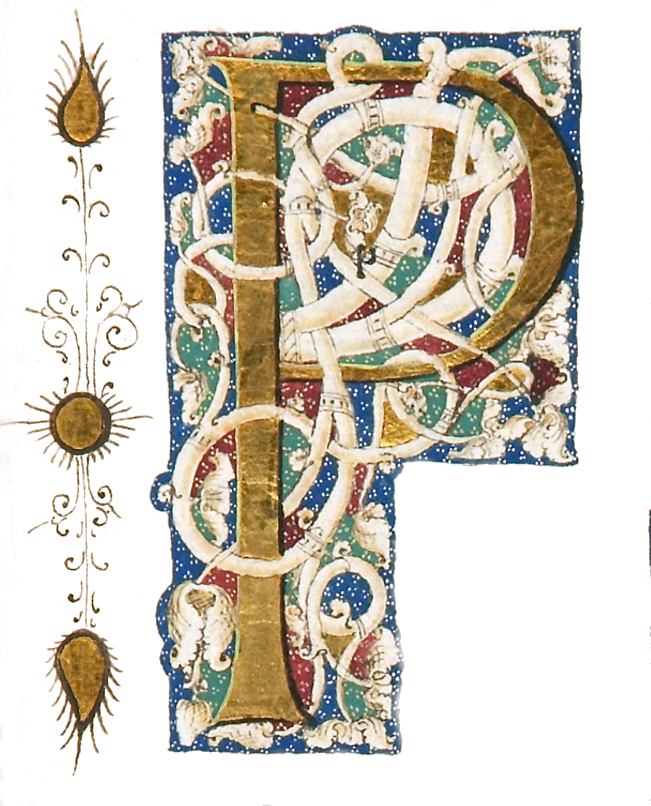Carousel content with 1 slides.
A carousel is a rotating set of images, rotation stops on keyboard focus on carousel tab controls or hovering the mouse pointer over images. Use the tabs or the previous and next buttons to change the displayed slide.
-
 Slide 1:
Slide 1:
-
 Slide 2: no title
Slide 2: no title -
 Slide 3: no title
Slide 3: no title -
 Slide 4: no title
Slide 4: no title -
 Slide 5: no title
Slide 5: no title -
 Slide 6: no title
Slide 6: no title -
 Slide 7: no title
Slide 7: no title -
 Slide 8: no title
Slide 8: no title -
 Slide 9: no title
Slide 9: no title -
 Slide 10: no title
Slide 10: no title -
 Slide 11: no title
Slide 11: no title -
 Slide 12: no title
Slide 12: no title -
 Slide 13: no title
Slide 13: no title -
 Slide 14: no title
Slide 14: no title -
 Slide 15: no title
Slide 15: no title -
 Slide 16: no title
Slide 16: no title -
 Slide 17: no title
Slide 17: no title -
 Slide 18: no title
Slide 18: no title -
 Slide 19: no title
Slide 19: no title -
 Slide 20: no title
Slide 20: no title -
 Slide 21: no title
Slide 21: no title -
 Slide 22: no title
Slide 22: no title -
 Slide 23: no title
Slide 23: no title -
 Slide 24: no title
Slide 24: no title -
 Slide 25: no title
Slide 25: no title -
 Slide 26: no title
Slide 26: no title -
 Slide 27: no title
Slide 27: no title -
 Slide 28: no title
Slide 28: no title -
 Slide 29: no title
Slide 29: no title -
 Slide 30: no title
Slide 30: no title -
 Slide 31: no title
Slide 31: no title -
 Slide 32: no title
Slide 32: no title -
 Slide 33: no title
Slide 33: no title -
 Slide 34: no title
Slide 34: no title -
 Slide 35: no title
Slide 35: no title -
 Slide 36: no title
Slide 36: no title -
 Slide 37: no title
Slide 37: no title -
 Slide 38: no title
Slide 38: no title -
 Slide 39: no title
Slide 39: no title -
 Slide 40: no title
Slide 40: no title
[1870-71] · New York
by AUDUBON, JOHN JAMES
New York: George R. Lockwood, [1870-71]. Final Octavo Edition. 275 x 175 mm. (10 3/4 x 7"). Eight volumes..
Publisher's full dark brown morocco, boards with intricate blind-stamped frame and central arabesque, raised bands, blind-tooled compartments with small centerpiece, turn-ins with floral gilt roll, marbled endpapers, all edges gilt. With numerous woodcuts (mostly of avian digestive systems) in the text and 500 HAND-COLORED LITHOGRAPHIC PLATES. Tyler, "Audubon's Great National Work" 129, 165 note 10; Nissen IVB 51; Sabin 2364; Reese, "Nineteenth Century Color Plate Books" 34; Wood p. 208; Zimmer, p. 25. ◆A couple of volumes with joints and (truncated) extremities lightly rubbed, occasional faint foxing or trivial marginal stains, but A VERY FINE COPY, clean and fresh internally, with richly colored plates, in the little-worn original bindings.
This is an exceptionally clean, fresh copy, inside and out, of one of the key books in any natural history library and one of the great books in the history of American publishing. The story of the conception and creation of Audubon's monumental achievement, the double elephant folio "Birds of America" (1827-28), is the stuff of legend, but its size and its expense put it beyond the reach of all but an elite few. The first octavo edition, issued in parts in 1840-44, was greeted with great enthusiasm by both critics and book buyers. Reese calls it "probably the greatest commercial success of any color plate book issued in 19th-century America." Although the illustrations had necessarily been reduced in size, they nevertheless were always characterized by pleasing composition, almost always characterized by a convincing verisimilitude, and not infrequently characterized by a richness and intensity of coloration. According to Tyler, the illustrations in our edition were printed, where possible, from the same stones and stereotype plates that had been made in the 1840s and 1850s. And these were never used again, as some time after 1871, a fire broke out in the Lockwood warehouse, and the Audubon plates were destroyed. Copies of the first (and other earlier) octavo printings of Audubon's "Birds" are obtainable, but at a substantially higher price than the present one. This final printing of the work offers the same contents, and our copy is unsurpassable in terms of condition, with both the contents and the bindings showing so little evidence of use.. (Inventory #: ST20103)
Publisher's full dark brown morocco, boards with intricate blind-stamped frame and central arabesque, raised bands, blind-tooled compartments with small centerpiece, turn-ins with floral gilt roll, marbled endpapers, all edges gilt. With numerous woodcuts (mostly of avian digestive systems) in the text and 500 HAND-COLORED LITHOGRAPHIC PLATES. Tyler, "Audubon's Great National Work" 129, 165 note 10; Nissen IVB 51; Sabin 2364; Reese, "Nineteenth Century Color Plate Books" 34; Wood p. 208; Zimmer, p. 25. ◆A couple of volumes with joints and (truncated) extremities lightly rubbed, occasional faint foxing or trivial marginal stains, but A VERY FINE COPY, clean and fresh internally, with richly colored plates, in the little-worn original bindings.
This is an exceptionally clean, fresh copy, inside and out, of one of the key books in any natural history library and one of the great books in the history of American publishing. The story of the conception and creation of Audubon's monumental achievement, the double elephant folio "Birds of America" (1827-28), is the stuff of legend, but its size and its expense put it beyond the reach of all but an elite few. The first octavo edition, issued in parts in 1840-44, was greeted with great enthusiasm by both critics and book buyers. Reese calls it "probably the greatest commercial success of any color plate book issued in 19th-century America." Although the illustrations had necessarily been reduced in size, they nevertheless were always characterized by pleasing composition, almost always characterized by a convincing verisimilitude, and not infrequently characterized by a richness and intensity of coloration. According to Tyler, the illustrations in our edition were printed, where possible, from the same stones and stereotype plates that had been made in the 1840s and 1850s. And these were never used again, as some time after 1871, a fire broke out in the Lockwood warehouse, and the Audubon plates were destroyed. Copies of the first (and other earlier) octavo printings of Audubon's "Birds" are obtainable, but at a substantially higher price than the present one. This final printing of the work offers the same contents, and our copy is unsurpassable in terms of condition, with both the contents and the bindings showing so little evidence of use.. (Inventory #: ST20103)



